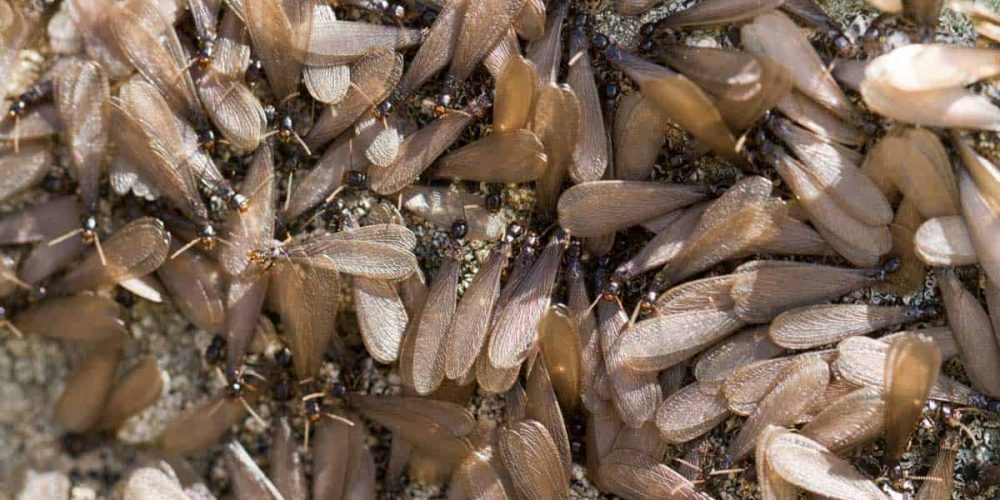In previous articles, we’ve helped you know how to identify the signs of termites in Florida homes. In this article, we’ll look at one of the most common types of these pests: the drywood termite.
What are drywood termites?
As you would expect, drywood termites live in wood. This is why you’ll usually find them in baseboards, door frames, wall studs, attics, and furniture.
Over the years, these termites will damage wood, which they feed on and use to extract moisture. Their colonies are relatively small, growing to only a few hundred or thousand insects. However, a home may have multiple colonies throughout its structure. This can damage its integrity and safety.
Drywood termites are different from another common variety, subterranean termites, which nest in the soil and travel through mud tubes. Formosan termites are also common to Florida, and, like the subterranean species, also live in the soil. However, they have longer bodies and shorter heads than the subterranean type.
How do I know if I my home has drywood termites?
Drywood termites typically range in color from cream to black, depending on their function in the colony. You can also identify them by their long wings, which are equal in length. Because drywood termites hide in the wood on which they feed, you may not be able to directly see them. But you can see signs of their activity:
- Winged insects that are attracted to any light source in your home.
- Discarded wings around window sills.
- Pellets. Termites expel these pellets, which are about 1-2 cm long, have six sides, and are usually found in piles.
- Damage to wood. You may see this damage near the bottom of wood furniture or just behind your baseboards.
If you see any of these signs, don’t panic. Call a certified pest control expert to confirm that you have a termite infestation. Then you can discuss the extent of infestation and your best options for treating them.
How do I treat and prevent drywood termites?
Some of the most common treatment methods for getting rid of drywood termites include:
- Spot treating with insecticides. A pest control service may also spot treat infestations using heat, microwaves, and liquid nitrogen.
- Fumigating the entire home.
Keep in mind that treating the soil under and around your home will not get rid of drywood termites. A pest control expert like JD Smith will determine the best course of action.
We can also help you keep out drywood termites through our termite prevention program. You can take steps to prevent your home from an infestation, including:
- Sealing openings and cracks in and around your home
- Screening your soffit vents
- Replacing damp wood
- Making sure your water spouts drain away from your home
Get a free inspection of your home from JD Smith Pest Control
If you think you might have drywood termites, contact JD Smith Pest Control for a free inspection. Our certified inspectors are ready to assess your situation and create a pest control plan that’s right for you.



